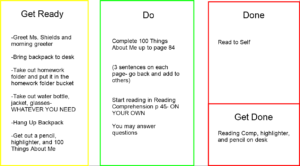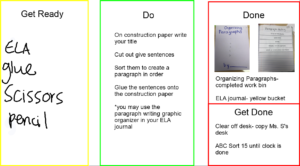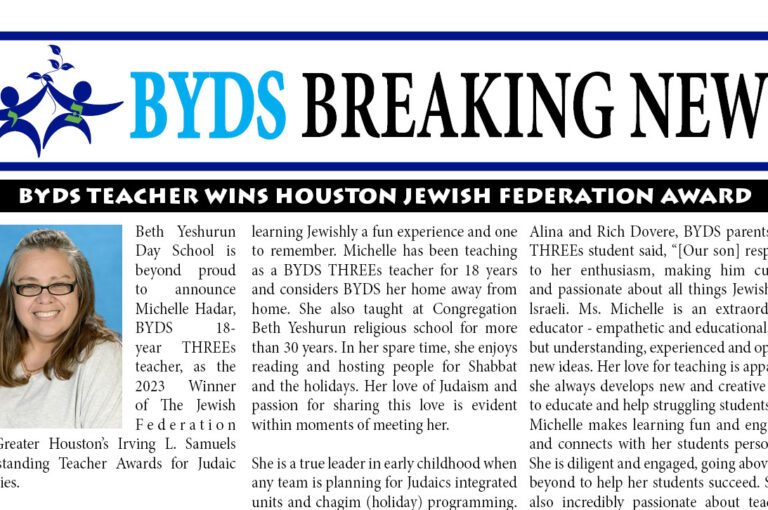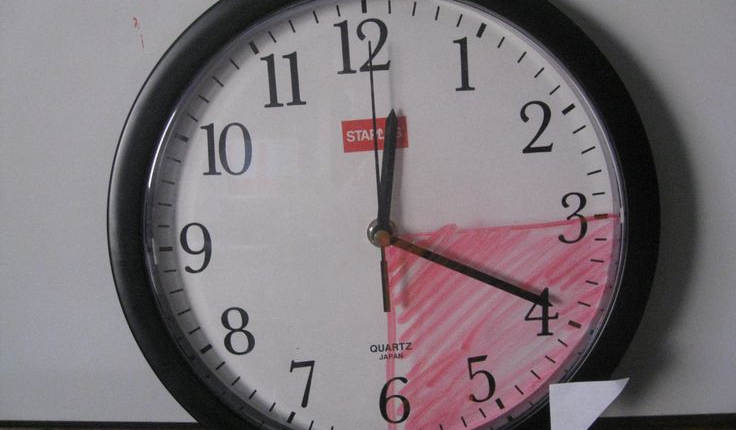The Monday before students returned after winter break, all elementary school teachers attended a professional development workshop discussing executive functioning skills to support our students.
Executive functioning is the self-regulated mental process that enables us to plan, focus attention, remember instructions, and juggle multiple tasks successfully. The workshop was presented and underwritten by The Jewish Federation featuring Sarah Ward.
One strategy she taught was to encourage students to be a Mind MIME. What this means is to…
Make a picture of your task
think about what I will look like
Movement needs to occur
Execute
These strategies allow for students to process step-by-step what they need to complete a task efficiently. Mrs. Ward also provided a visual aid to support students in thinking backwards to forwards. This cart is called the “Get Ready *Do *Done *Get Done” model. This model allows students to see what they look like when they are done such as a picture or a sketch. The get done is what the student can do next and how their space and materials should look. Do are the steps the student need to take to be done. Get ready is what does the student need.
The teacher provides the get done, done, and do. The students then work backwards in providing what is needed to “get ready.”
The very first day, I implemented this chart into my classroom on the smart board. To introduce the system, I used it for our morning routine, but I filled in the information about how to “Get Ready”.
What happened was amazing! The students were all on task and were able to complete their morning work independently.


Later I tried it again over a lesson on organizing and forming paragraphs. This time I had the students come to the smart board to write what they needed to “Get Ready”. This method of “working backwards” allowed the students to know how to be prepared for the lesson.
Once again, I was amazed with how independently the students worked. By knowing what was expected of them and by self-regulating how to prepare, they were all successful with not only the lesson but putting their work and materials in the correct places without reminders. Also, no one asked me, “what do I do now?”!

In addition to this method, Mrs. Ward showed us how to use a “Working Clock” to turn time into a spatial situational trigger. The point of this is to create time markers as the equivalents of spatial cues. I draw on the clock with an expo marker to show how much time the students will have to complete their work. First, I show the current time. Then, counting by 5 minutes on the marks, I show how much time they will have to complete the assignment. They know when the minute hand moves to the end of the colored space their time will be up. This allows the students to be accountable for their time while reinforcing clock skills.

By helping our students with their executive functioning skills, we are supporting them in becoming self-regulated. This improves their time management, organization, and overall success in school. I am so excited to see that these strategies are already helping the students in my classroom.
– Marla Shields, 2nd Grade Teacher












